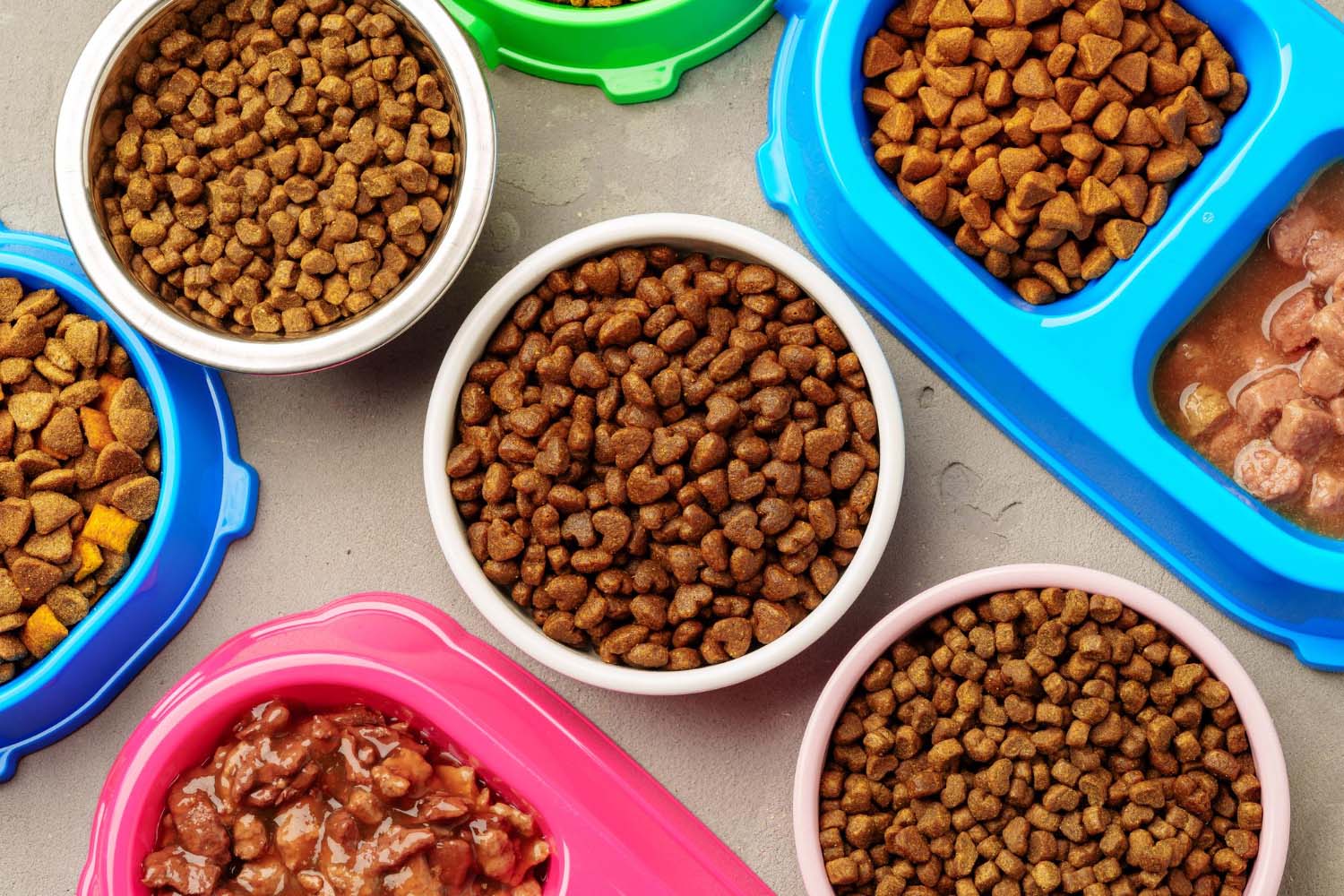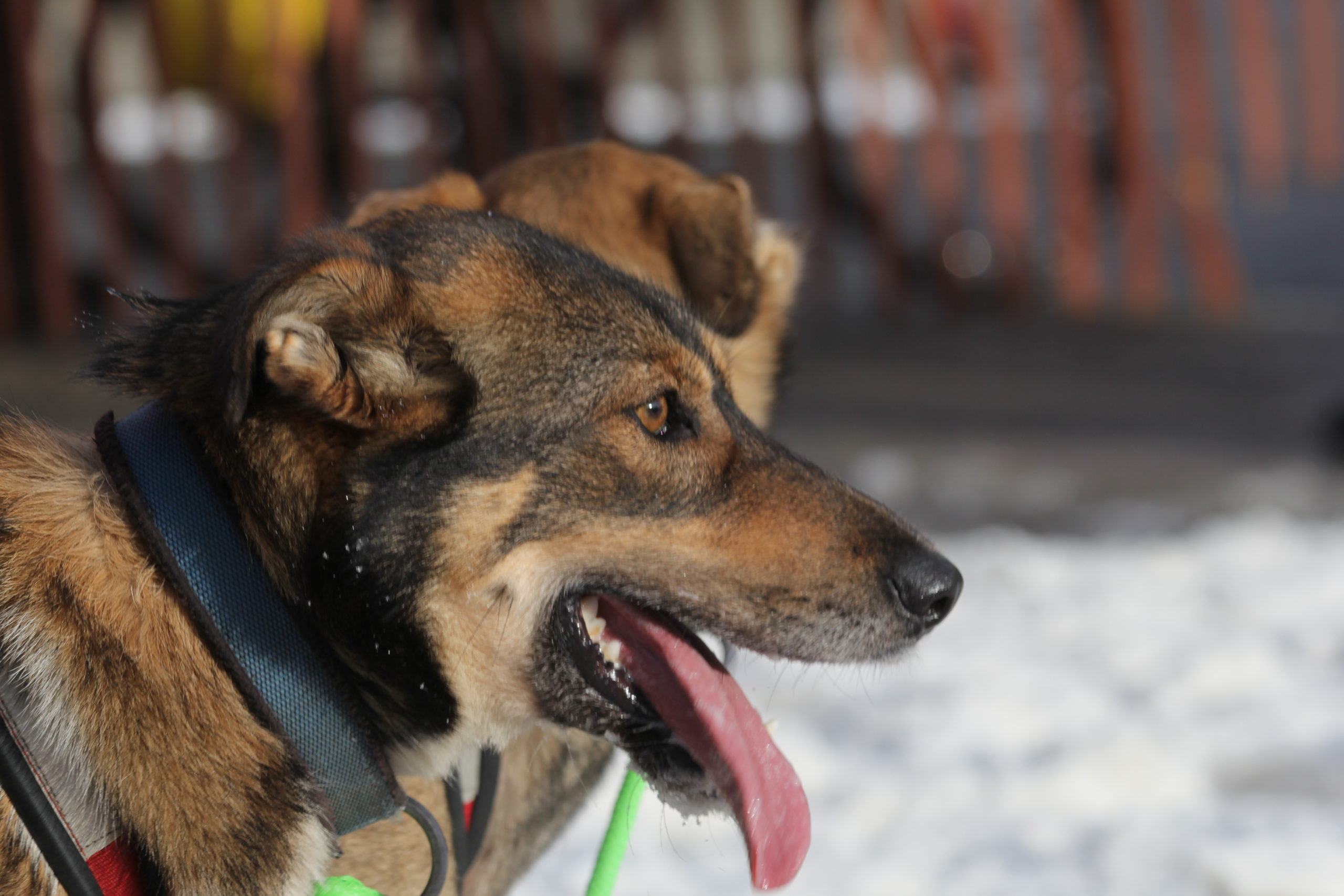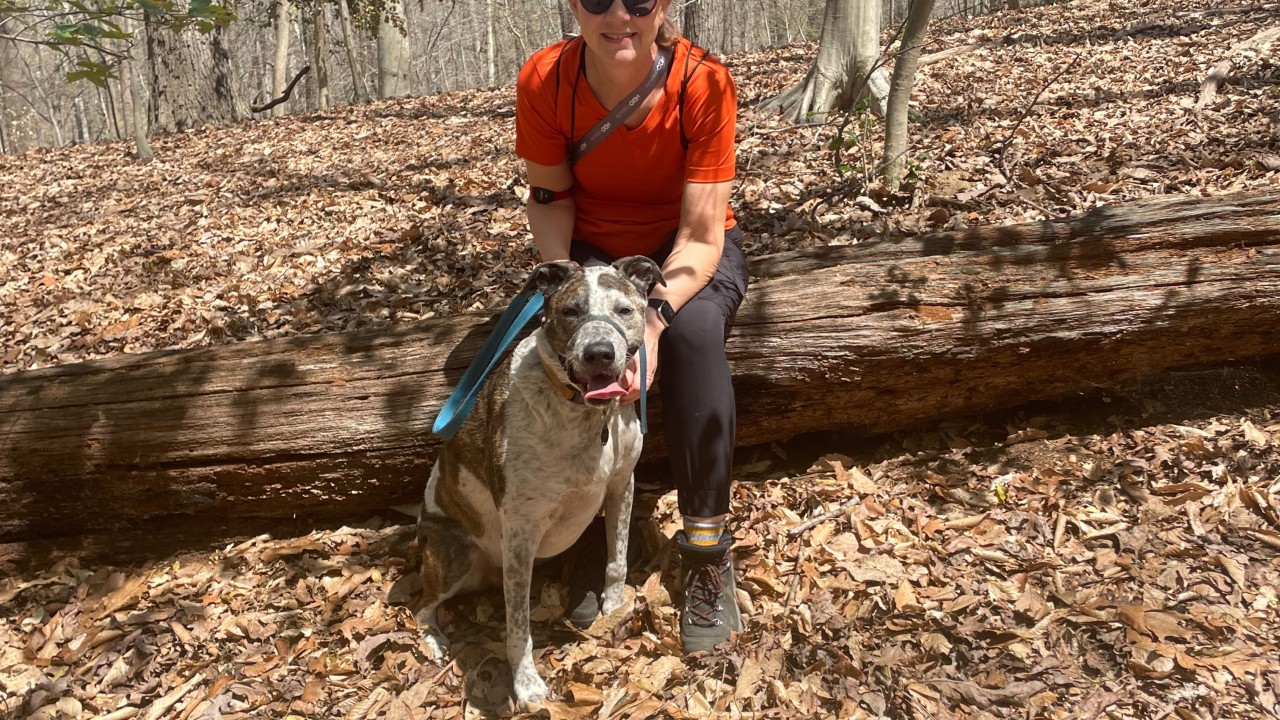Many people make a New Year’s resolution to maintain a healthier diet and lifestyle, but are their pets’ health part of the commitment? The Pet Food Institute (PFI), whose members make 98 percent of all U.S. pet food and treat products, encourages pet lovers to also consider their dog or cat’s diet and activity. Approximately 20 percent of dogs and 28 percent of cats in the United States are classified as obese, which can lead to serious health issues, ranging from difficulty breathing and joint damage to an increased risk of cancer. Pet lovers can take just a few steps to support their pet’s nutritional needs and wellbeing in 2020.
Provide a Complete and Balanced Diet
The National Academy of Sciences has identified more than 40 nutrients that are essential for dogs and cats. Most commercial pet food is designed to be complete and balanced, which means each serving provides these essential nutrients in the proper amounts for the life stage of the animal. These pet food recipes are developed by experts in companion animal nutrition and veterinary scientists, and PFI members use a range of available ingredients to provide total nutrition. However, not all pet food meets these nutritional profiles, and data indicates that many homemade recipes are nutritionally deficient.
Treat Responsibly
Pet treats can be fed along with a complete and balanced diet, but it’s critical to feed them in moderation and not to use treats in place of pet food to ensure proper nutrition. It is recommended that no more than 10 percent of a pet’s caloric intake come from treats. Refer to the feeding guidelines on the package and always supervise your pet while the treat is being eaten.
Manage Portion Sizes
Estimating pet food measurements may lead to overfeeding and weight gain. Carefully review the feeding guidelines on a pet food package to ensure your pet is receiving the right amount of food.
Age, lifestyle, activity level, breed and whether the animal is spayed or neutered can affect the number of calories needed to maintain a dog or cat’s healthy weight. An average 50-pound, adult neutered dog typically needs around 1,000 calories a day. An average 10-pound, adult neutered cat needs around 220 calories a day. If an animal begins to put on extra weight, then it may be time to reduce the amount of food they receive daily.
Drink Plenty of Water
Be sure your pet has plenty of fresh, clean water. Water is important to every key body function for pets, such as aiding the digestion and absorption of the nutrients provided in pet food, moving nutrients in and out of cells, cushioning joints and internal organs, and helping with elimination. Dehydration, which occurs when your pet does not consume a sufficient amount of water, poses a serious threat to a pet’s health.
Stay Up-to-Date on Preventive Care
Regular veterinary exams and flea, tick and heartworm prevention are all important parts of keeping pets healthy year-round. Your veterinarian is the best source of information about your pet’s health, and visiting the vet is a key component of good preventive care. The veterinarian can help advise on your pet’s weight management, diet and exercise routine.
Get Active
Like humans, exercise is important in ensuring your pet’s health and well-being. Having a pet can help your family get fit, too—studies show children from dog owning households are more physically active. A few examples of ways to keep your dog or cat active and engaged include:
Dog Exercises:
- Basic obedience training
- Swimming (if your dog is able and comfortable swimming)
- Run, walk or bike with your dog
- Engage in sports, like chasing a flying disc, tracking and agility challenges
Cat Exercises:
- Set up a cat tower with small treats to encourage climbing
- Keep plenty of household toys around to encourage play
- Use a laser pointer or wand-style toy for interactive exercises
- Tempt cats with hidden treats in a toy for batting and knocking practice



